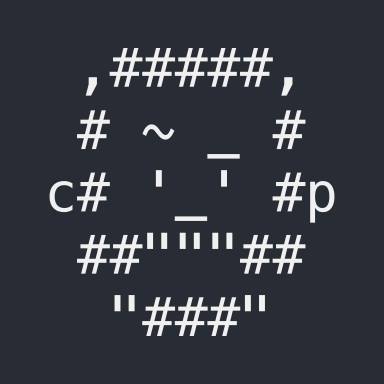Essay help is regarded as an effective educational tool to help students develop the necessary academic skills needed to write impressive essays. The whole concept here is not to have others execute the work Continue reading
Issue
SPEKTRUM 2013-2016
The brochure describes the excellence work carried out during the four academic years of MOME | Copyright©text, design and photo 2017 MOME
The Government of Hungary awarded the University of National Excellence title to the Moholy-Nagy University of Art and Design for the period of 2013-2016, ie for four academic years. During this period a total of fifty-five projects and twenty-two project types were awarded subsidies through an internal tender procedure. For a few projects the subsidy was extended for several years. The vast majority of MOME’s teachers actively participated in the excellence work and a significant part of the students also got involved in some form or other. MOME is genuinely proud of the extraordinary results that have been produced during the four years of excellence work. The following chapters and the appendixes will list the professional results, achievements and main indicators of the excellence work, including the activities of the MOME Digital Craft Lab.
Download: https://issuu.com/moholy-nagymveszetiegyetem/docs/spektrum_kivalosagi_kiadvany
Study
Váró, Péter: Digital Craft Lab | Case Study
Study about contemporary form-finding methods and how to teach them | by Peter Varo ©2015 for MOME
If we take a closer look, on how the shapes, textures and form-finding processes changed in the last ten years in the field of product design and architecture, we have to come up with the conclusion, that the rapid evolution of generative and algorithmic geometry creation has slowed down. We could almost say: it has stopped. As a matter of fact, most of the methods and directions we have achieved a decade ago are repeating themselves, and unfortunately not as educated quotes, but as full copies.
What is the problem then? Are we truly out of ideas or inspirations? Or, are the members of the current generations are not that talented? Or, did we hit some kind of wall where we have to admit, there is nothing new anymore, we can only repeat ourselves? The answer for those questions is not a simple one, actually it is rather complex.
Download: varo.peter_dcl_study.pdf

